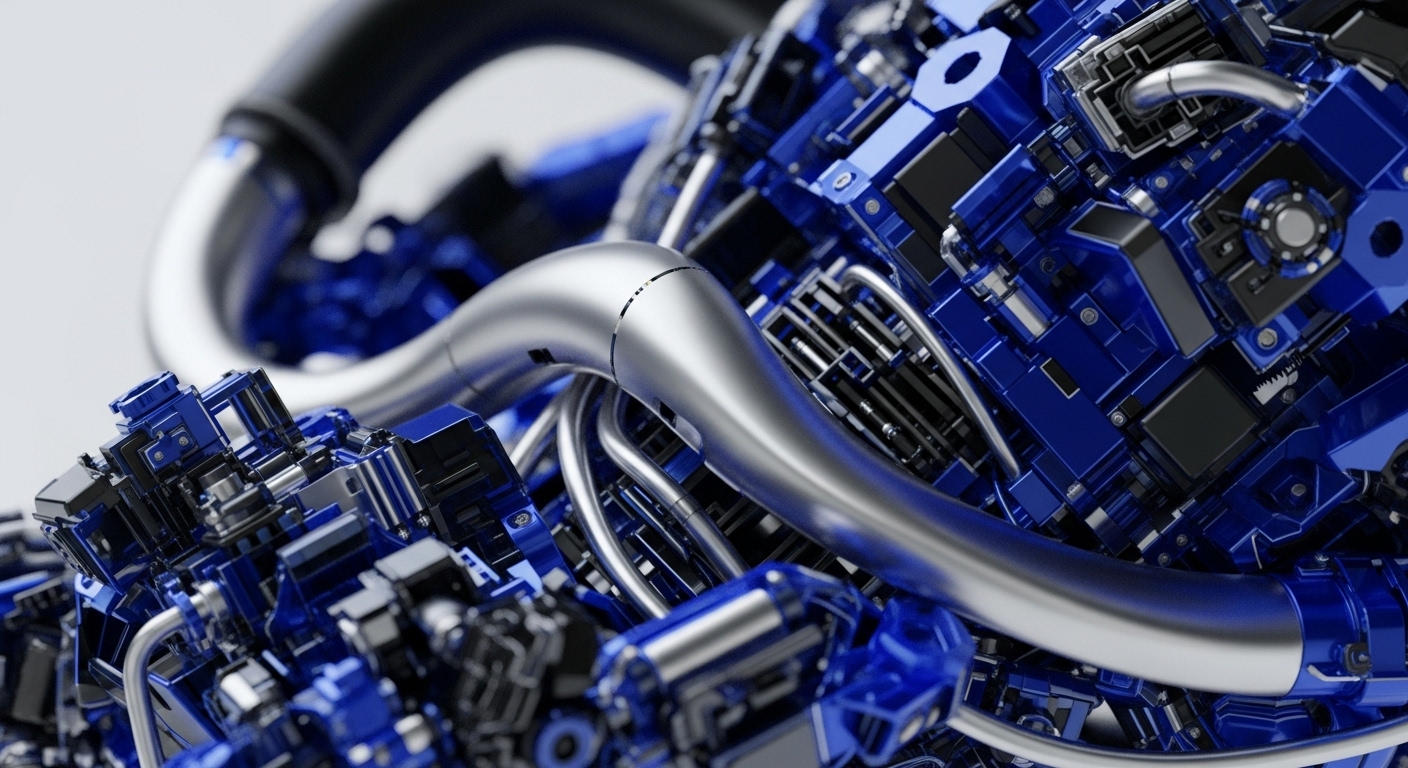
Briefing
Bitcoin’s mining difficulty recently surged by 4.63% to a new record of 142.34 T. This significant increase means it is now harder than ever for miners to find new blocks, reflecting a robust and growing network hashrate. The adjustment ensures Bitcoin’s block production remains consistent, even as more powerful mining hardware comes online and more participants join the network, reinforcing its fundamental security and long-term stability.

Context
Before this latest adjustment, many in the market were observing Bitcoin’s underlying network strength, wondering if the increasing computational power dedicated to mining would continue to push the network’s resilience to new levels. The ongoing investment in mining infrastructure often sparks questions about the health and security of the Bitcoin blockchain itself.

Analysis
This difficulty surge occurred because Bitcoin miners were collectively discovering blocks at a faster rate than the network’s programmed 10-minute target. Think of it like a race where too many runners are finishing too quickly; the system automatically adds more hurdles to slow everyone down to the intended pace. This accelerated block production indicates a substantial increase in the network’s total computational power, known as hashrate, driven by new and more efficient mining equipment coming online.
The Bitcoin protocol automatically adjusts difficulty every 2,016 blocks, approximately every two weeks, to maintain a consistent block discovery time. This ensures the predictable issuance of new Bitcoin and the integrity of the transaction ledger, even as mining competition intensifies.

Parameters
- Difficulty Increase → 4.63% → The percentage by which the mining difficulty rose.
- New Difficulty Record → 142.34 T → The all-time high threshold miners must now overcome to find a block.
- Block Time Average → 9.53 minutes → The average time miners were taking to find blocks before the adjustment, which was faster than the target 10 minutes.
- Miner Profitability → Miners currently maintain profitability, with Bitcoin’s price at approximately $111,530 compared to an average production cost of $98,596.

Outlook
In the coming weeks, market watchers should observe how miner behavior adapts to this increased difficulty. Less efficient miners might face tighter margins, potentially leading to some older hardware being taken offline. However, the overall trend of rising difficulty suggests continued investment in the network, reinforcing Bitcoin’s long-term security. The next difficulty adjustment, estimated in about 13 days, will reveal if the hashrate continues its upward trajectory or if the increased competition causes a temporary slowdown.
Signal Acquired from → Binance News
